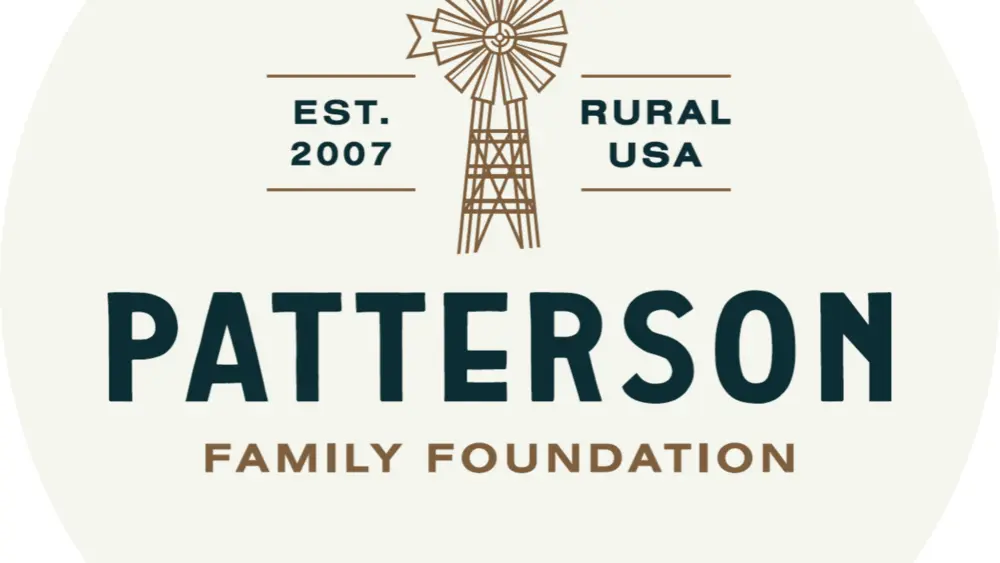
Benton County MU Extension Center
100 W. Washington, PO Box 969
Warsaw, MO 65355
Phone 660-438-5012
extension.missouri.edu/benton
Facebook: MU Extension in Benton County
“If you don’t stay on top of numbers associated with your business, you will fail. You can’t
outearn disorganization or the need to handle your finances wisely.” Dave Ramsey
Handling your finances wisely means knowing some key numbers that indicate the health of
your farm. One of those key numbers is your farm’s profitability. Profitability measures the
farm’s financial performance over a given period of time, such as a month, quarter, or year.
Profitability measurements. Profitability measurements answer the question, “What’s left after
the farm business pays all of its bills?”
‘Rate of return on farm assets (ROA)’, ‘rate of return on farm equity (ROE)’, ‘operating profit
margin ratio’, and ‘asset turnover ratio’ are common profitability measurements. For the
purposes of this article, we will consider ‘operating profit margin ratio’ now and ‘asset
turnover ratio’ will be explored in a future article. (ROA and ROE were subjects of prior months’
articles.)
Operating Profit Margin Ratio (OPMR) measures the efficiency of the farm business and is
measured as a percentage. It indicates whether or not the farm is controlling expenses relative
to each dollar of revenue produced. As with any investment, a larger number is better!
The formula for Operating Profit Margin Ratio is: OPMR = Income from Operations – Owner
Withdrawals for Unpaid Labor & Management / Total farm revenues.
Generally, an OPMR greater than .25 is considered ‘strong’. An OPMR of .15-.24 is considered
‘caution’. If the OPMR is less than .15, that is considered ‘vulnerable’.
Why does this matter? The farm should be performing at an acceptable level for the equity
that is invested in it. In short, the owner(s) should be asking, ‘Is it worth it?’; is the amount of
farm profit worth the time, effort, and money that it takes to get it when compared to the rates
of return for other forms of investment, such as certificates of deposit; stocks, bonds, and
others? A higher OPMR is desirable; if the farm’s OPMR is lower, attention should be paid to
the farm’s product prices and farm income (are they low?); the farm’s operating expenses (are
they high?); and the farm’s production and efficiency (are there problems with those?).
Management changes that increase revenues more than costs or decrease costs more than
revenues will improve a farm’s OPMR. As always, a financial measure such as OPMR should not
stand alone, but be utilized together with other financial measures in order to provide a more
complete, better understanding of the farm’s finances.
You CAN make improvements and improve your farm numbers, including profitability. One step
at a time, day by day, small changes and better habits can add up to measurable results
including better farm finances.
Take a look at MU Extension ‘Farm Accounting’ resources including Missouri Farm Record Books,
budgets and spreadsheets available online (http://tinyurl.com/mr2knym8),
muext.us/FarmAccounting,, or at your county MU Extension office.
Have a recordkeeping or budgeting question? Want to pass along your experiences with farm records?
Contact Amie at abreshears@missouri.edu, 660-619-7994, and follow MU Extension in Benton County
on Facebook. Dr. Amie Breshears is an MU Extension specialist in Ag Business. She serves the West-
Central Region. She and her husband, David, have three sons and raise beef cattle on their family farm
near Warsaw, Missouri.










